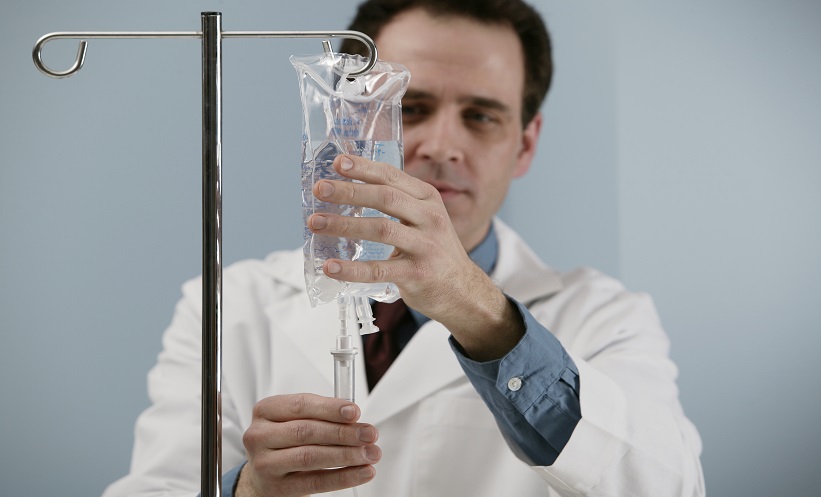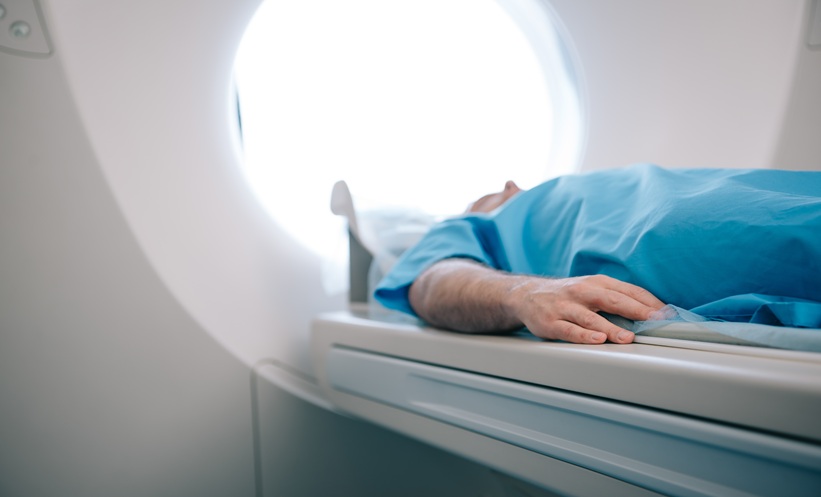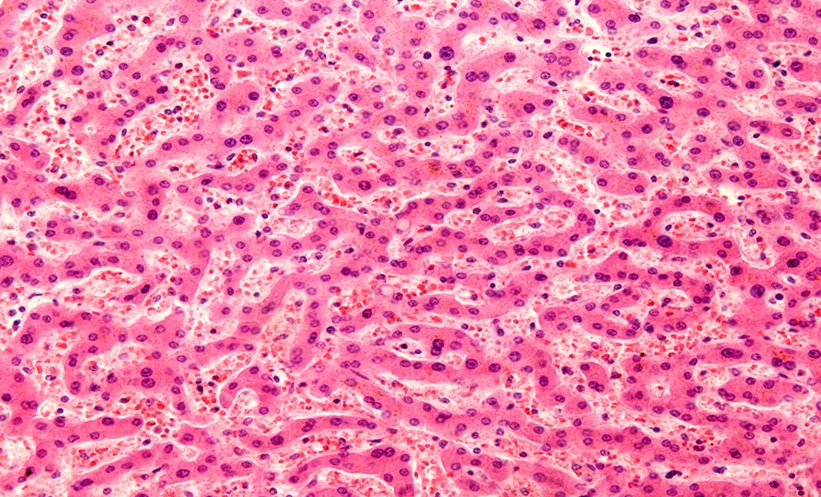STABLE patients with Child–Pugh A cirrhosis and acute variceal bleeding did not experience different outcomes, including infection, rebleeding, and mortality, when receiving antibiotic prophylaxis, according to a study presented at the European Association for the Study of the Liver (EASL) Congress 2023. “Acute variceal bleed is a life-threatening, decompensating event in patients with cirrhosis, and bacterial infections can worsen the outcomes and might lead to increased risk of failure to control bleed, early rebleed, or mortality,” stated author Anany Gupta, All India Institute of Medical Sciences, New Delhi, India.
Gupta and colleagues conducted a single-centre, open-label, randomised controlled trial to assess the impact of antibiotic prophylaxis in patients with Child–Pugh A cirrhosis and suspected acute variceal bleeding of predominantly nonviral causes. The 180 participants, with a mean age of 45.1 years, were 76.9% male, and cause of bleeding was alcohol in 43.4% of cases and non-alcoholic fatty liver disease in 21.7%. The patients were given either no antibiotic, or a 5-day course of intravenous ceftriaxone, and variceal bleeding was treated appropriately. The primary outcome of the study was incidence of infection on Day 5, and secondary outcomes included new onset decompensation and mortality at 6 weeks and incidence of early rebleeding and mortality at Day 5.
Researchers reported that 12.3% of patients in the antibiotic prophylaxis arm experienced an infection at Day 5, compared with 7.1% in the no-antibiotic group, which corresponds to an absolute risk difference of -4.7%. In both groups, spontaneous bacterial peritonitis after early decompensation was the most common site of infection. The team further noted that incidence of rebleeding, in-hospital mortality at Day 5, and new-onset decompensation and mortality were comparable at 6 weeks.
The team concluded that non-inferiority between the two groups could not be established. “Child–A cirrhosis patients presenting to us with acute variceal bleed who are otherwise stable may not require antibiotic prophylaxis and this might avoid the need of antibiotic prophylaxis in Child–A Pugh patients,” stated Gupta. Further studies are needed to establish the role of antibiotics in this patient group.








